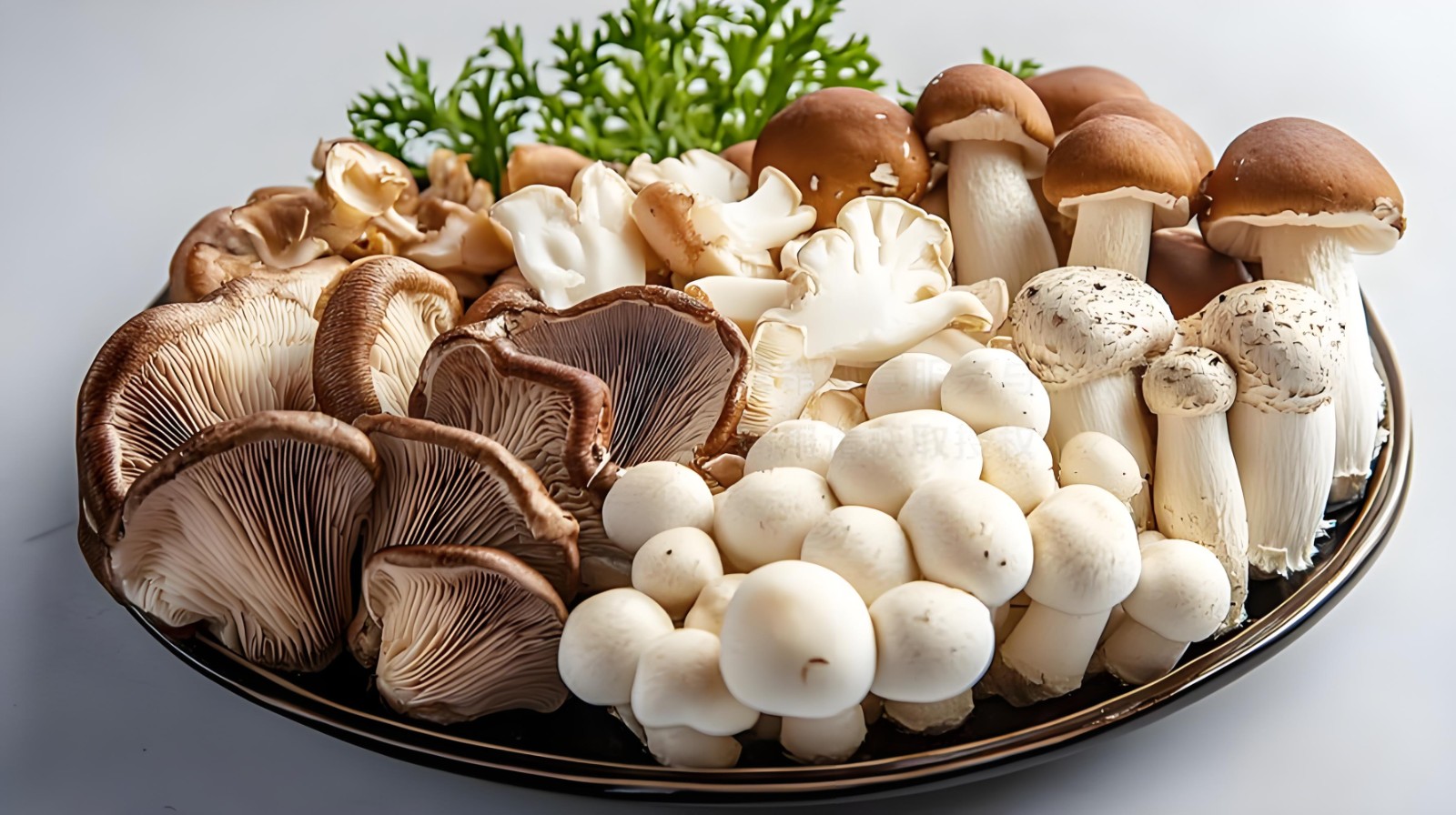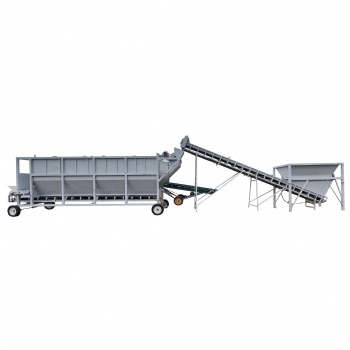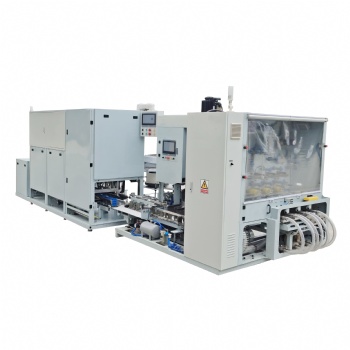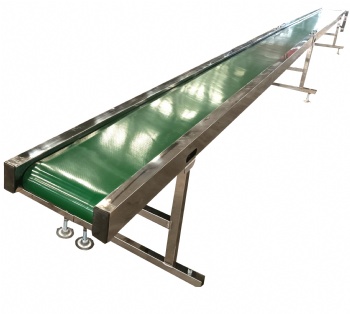News
Preservation of Edible Fungi Strains

What Makes an Ideal Preservation Method?
An ideal way to preserve edible fungi strains must first maintain the strains’ key characteristics. It also needs to prevent contamination, be low-cost, and save time. However, there’s no single "best" method yet—various options exist, each with pros and cons.
Main Preservation Methods
1. Subculture + Refrigerator Storage (5-8°C)
How it works: Grow strains on test tube slants until they thrive, then store the slants in a 5-8°C fridge. Transfers to new slants are needed every 3-6 months.
Pros: Low cost and simple to operate. It’s the most common method for mushroom farmers, culture farms, and even many strain collection institutions (alongside cryopreservation) in China.
Cons: Time-consuming due to regular transfers; high risk of contamination; strains may develop genetic/physiological changes over time. Not suitable for long-term storage or large quantities of strains (needs too much space and labor).
2. Liquid Nitrogen Cryopreservation (-196°C)
Status: Internationally recognized as the best method—it preserves strain characteristics to the greatest extent, with viable storage lasting decades.
Temperature rule: Strains must be stored below -135°C (close to or below -139°C, the critical temperature for ice crystal formation) and never above -70°C.
Storage tanks:
Immersion tanks: Low equipment cost, no power needed. But risky for cross-contamination and liquid nitrogen splashes; cryotube caps (internal/external screw-on) must be chosen carefully.
Nitrogen barrier tanks: Mainstream choice—avoids cross-contamination and is safer for operators. But higher equipment cost and requires a power source.
Key requirements:
Preservatives: Diluted fresh glycerol works for most strains. For straw mushrooms, golden oyster mushrooms, ganoderma lucidum, and wood ear mushrooms, use dimethyl sulfoxide (DMSO) instead (never sterilize DMSO at high temperatures).
Cooling schedule: Must follow a fixed, species-specific plan.
Labeling: Use low-temperature markers (ordinary markers fade at -196°C).
Quality control: Check contamination and survival rates right after storage; monitor survival rates regularly later. When activating strains, follow specific steps and avoid water bath contamination.
Critical Tips for Businesses
Should You Use Liquid Nitrogen Preservation?
Liquid nitrogen is the safest long-term option, but it has strict operational demands:
A stable liquid nitrogen supply is required.
Operating costs are high.
Stopping midway ruins all previous efforts.
Small and medium-sized enterprises (SMEs) must weigh operational costs, the risk of strain loss/degradation, and expected returns carefully.
Avoid This Big Mistake
Never treat "fruiting + seed selection + tissue isolation" as a "secret" for strain preservation. Tissue isolates cannot be used directly as seed sources for large-scale production. They must first go through fruiting experiments and prove good production performance—most strain-related production losses happen because businesses skip this step and use tissue isolates directly.
Final Note
Strain preservation requires professional expertise. Don’t overestimate your own skills—leave this work to professionals.
Categories
Contact Us
- +86 15093267083
- +86 15093267083
- amy@zzbelead.com
- +8615093267083




